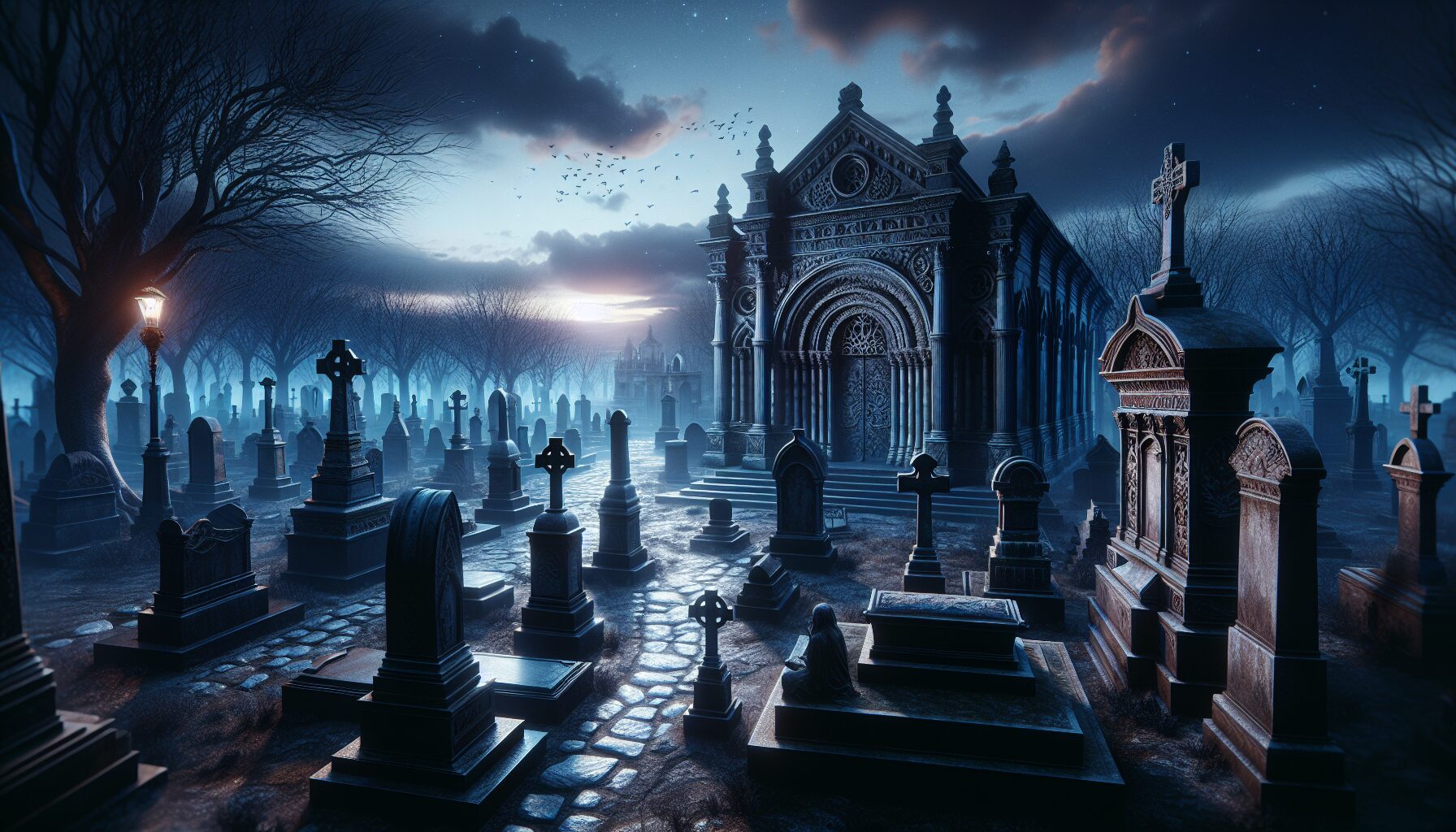In the quiet solitude of a necropolis, where silence hangs like a shroud over the gravestones, the contemplation of mortality becomes an intimate and reflective experience. These cities of the dead, with their solemn landscapes and stories carved in stone, offer a serene environment for pondering the inevitable human journey towards the end of life.
The architecture of many necropolises is a testament to the myriad ways cultures grapple with death. Tombs, mausoleums, and gravestones become not only memorials for those who have passed but also reflections of the living’s acceptance and understanding of mortality. As British author C.S. Lewis poignantly wrote,
“No one ever told me that grief felt so like fear.”
These sacred spaces serve as reminders—each name, each date chiseled into stone, a testament to lives once vibrant. In the words of scholar Philippe Ariès, the necropolis represents “the invisible community.” It is where the living engage in an ongoing dialogue with those who have gone before, seeking wisdom and understanding amid the quietude.
Such meditative settings prompt us to ask profound questions: How do we find meaning in the face of death? How can the inevitability of our mortality inspire us to live more fully? These are questions thinkers have pondered for centuries, their reflections echoed in the works of poets, philosophers, and spiritual leaders.
- Marcus Aurelius, a Roman emperor and Stoic philosopher, advised that we “live each day as if it were our last, without frenzy, without apathy, without pretense.”
- Sylvia Plath, in her posthumously published journals, revealed,
“I can never read all the books I want; I can never be all the people I want and live all the lives I want.”
While a necropolis may symbolize an end, it can also inspire beginnings—a catalyst for appreciating the present. For many, an afternoon spent walking among the tombstones provides clarity and a renewed sense of purpose. As we confront our own mortality, there lies a profound opportunity to re-evaluate our lives, prioritizing what truly matters and cherishing every moment with those we love.
In these meditations, drawn from the shadow of the necropolis, we are reminded that though life is ephemeral, the love, impact, and memories we create are enduring. We leave behind, much like the monuments in a necropolis, echoes of our existence—proof of a life lived.
For those seeking further contemplation, the works of Philippe Ariès and C.S. Lewis are rich with insights about life, death, and the spaces in between.

Comments